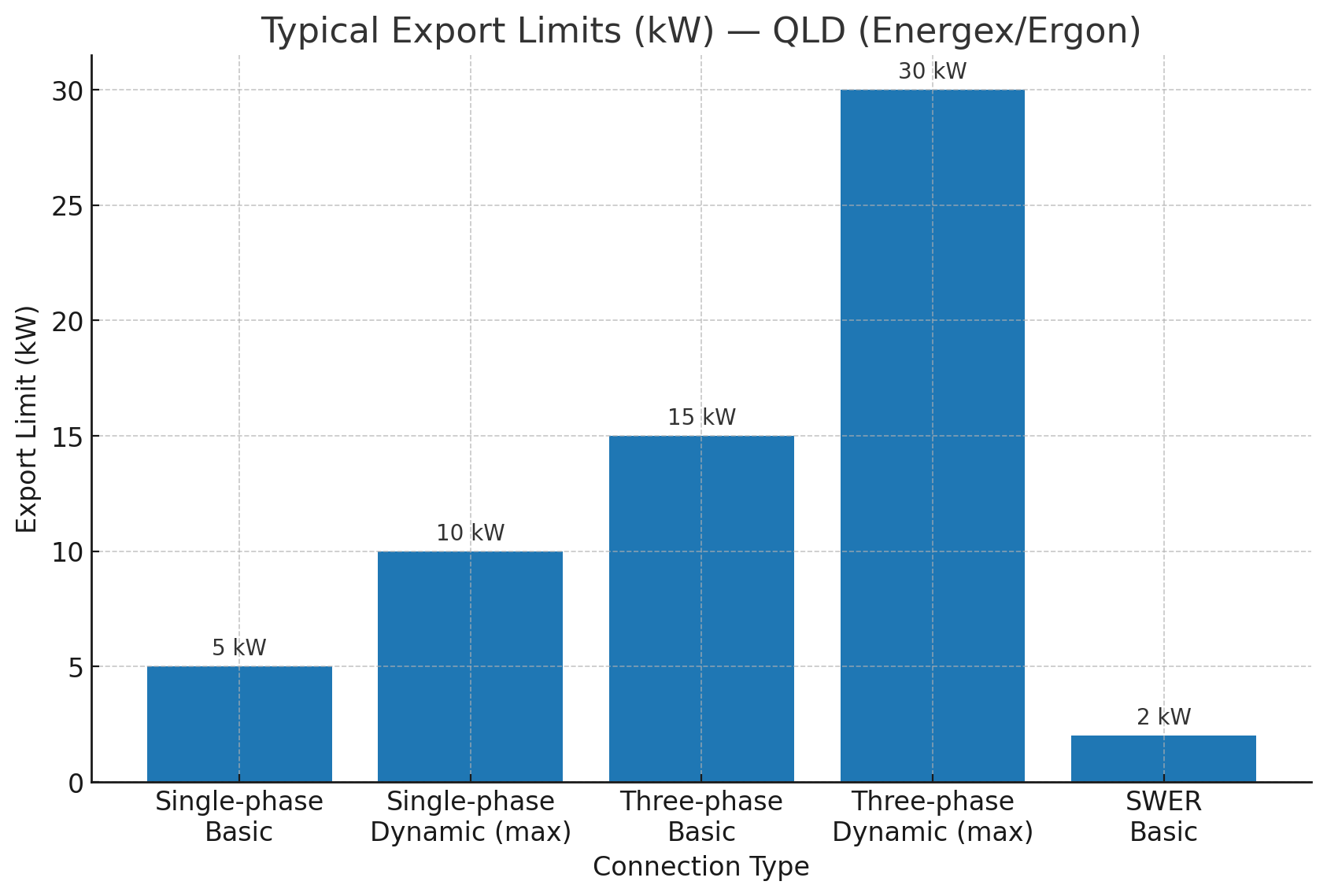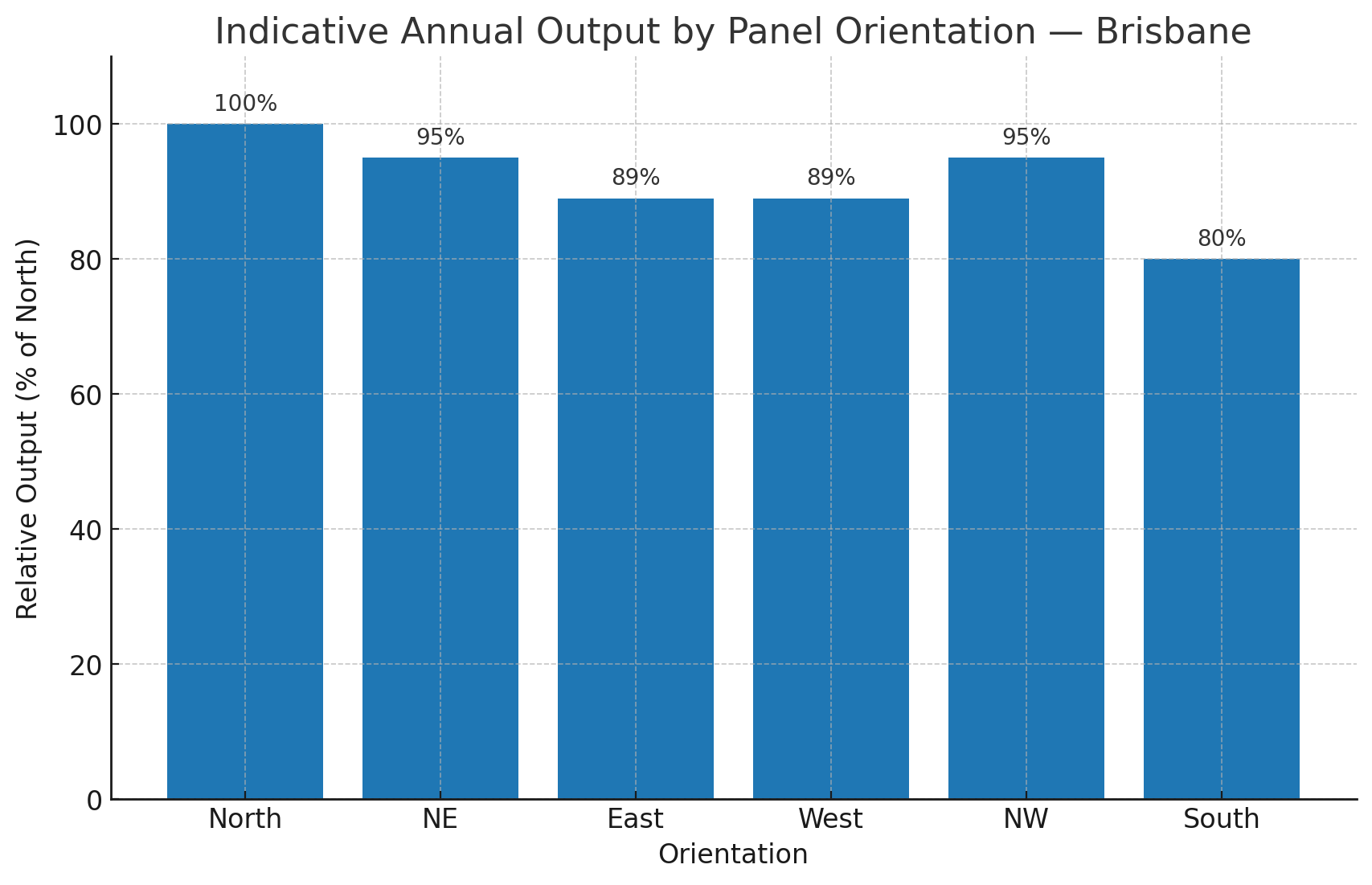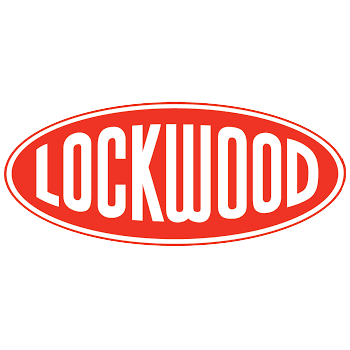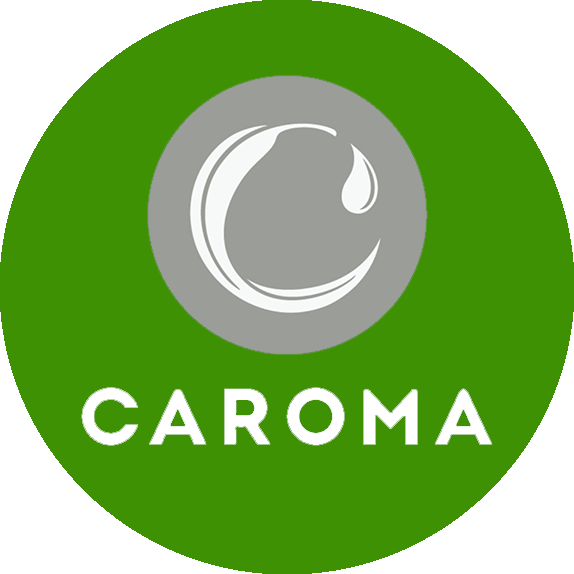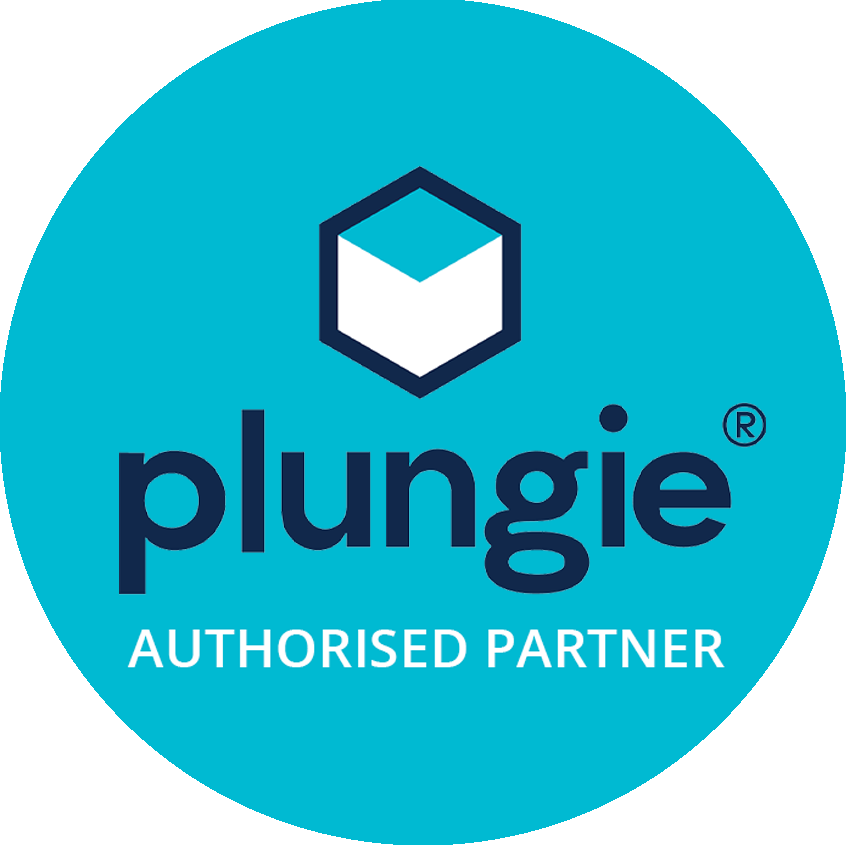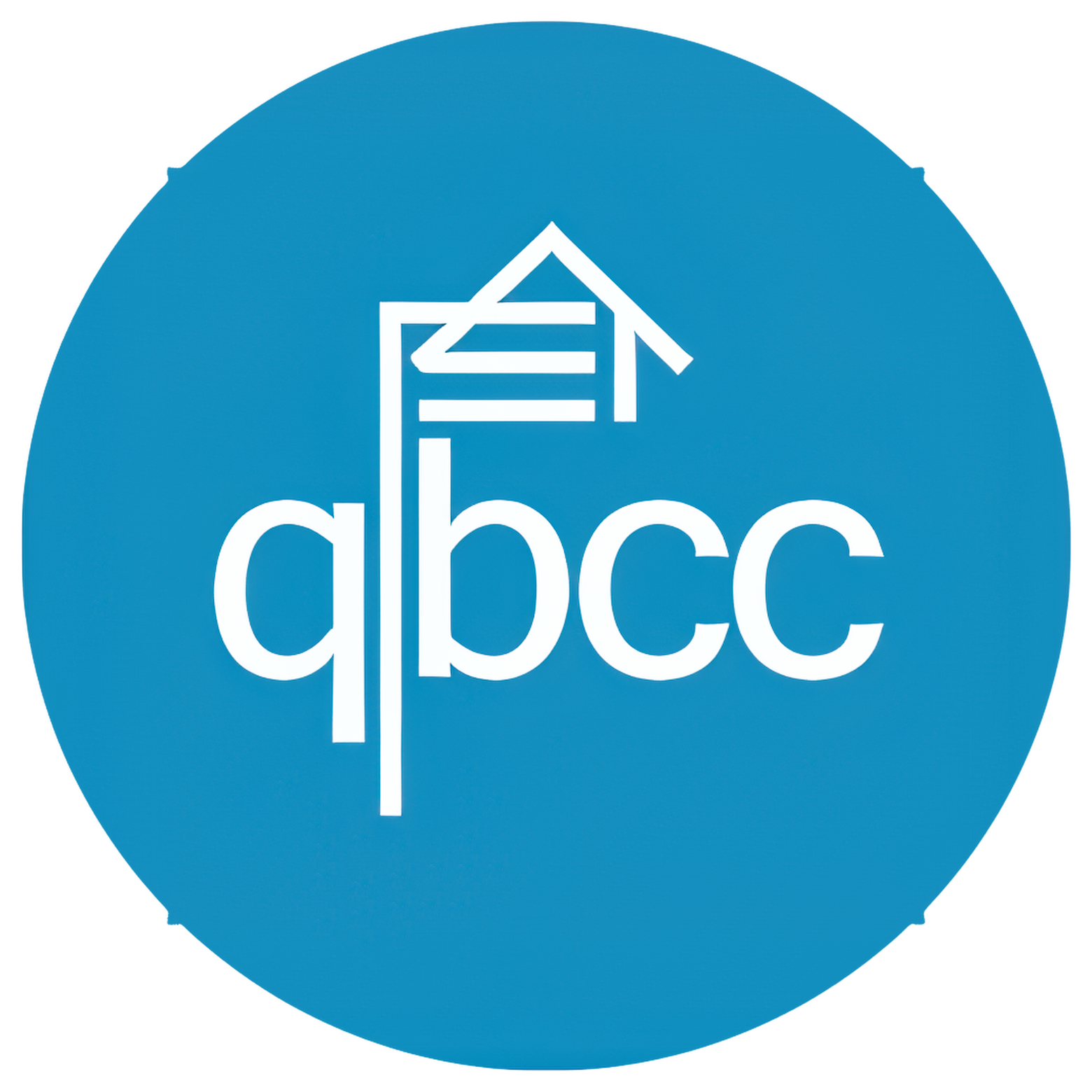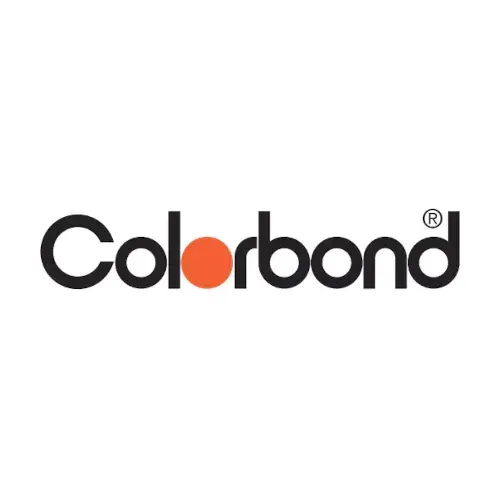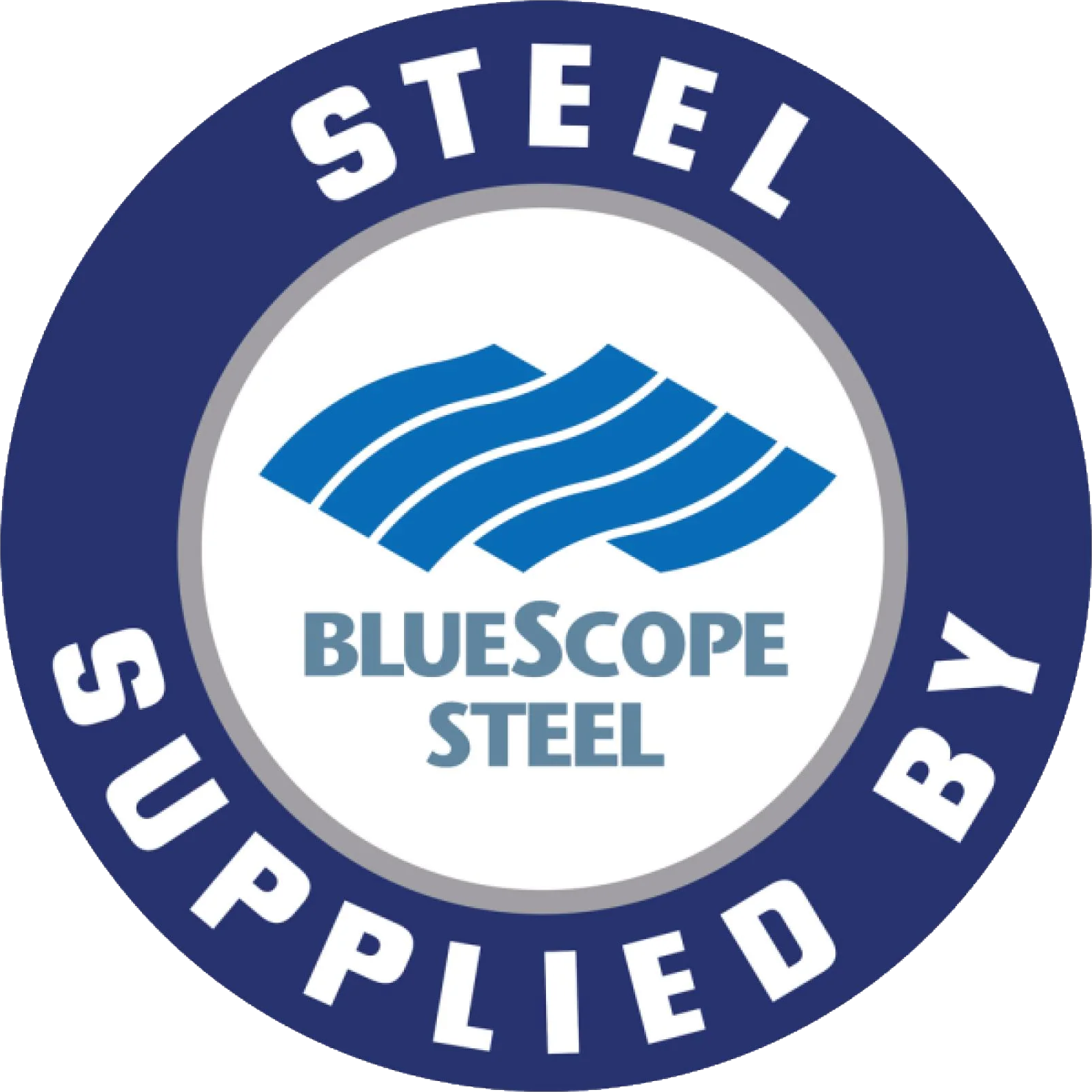Solar for New Homes in Queensland: The Complete Beginner-Friendly Guide (2025)
Time to consider solar for your build - What you need to know
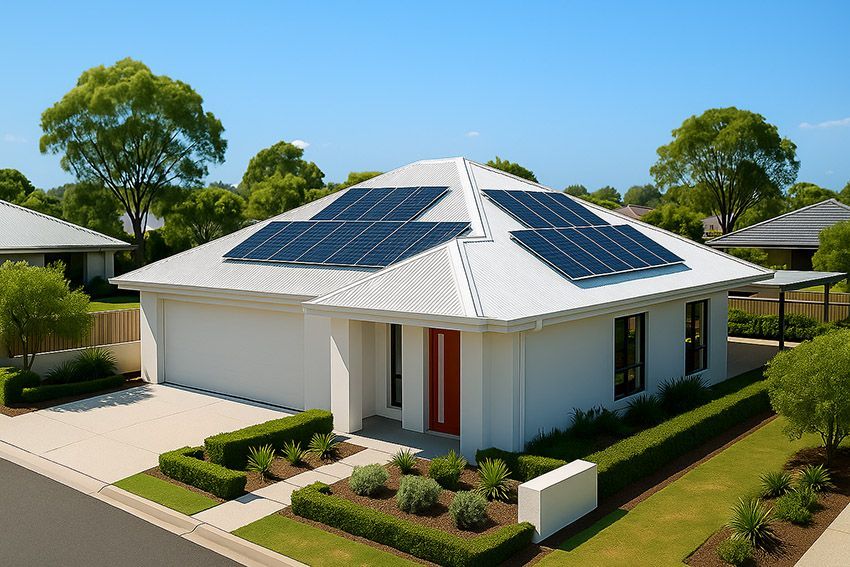
Solar for New Homes in Queensland: The Complete Beginner-Friendly Guide (2025)
Queensland is practically built for solar. With high sunshine hours, strong solar irradiance across the state, and over a million rooftops already fitted with PV, the “Sunshine State” leads the country for household solar adoption. That means abundant real-world experience, mature installer know-how, and a network that increasingly expects solar on new builds. Queensland GovernmentClean Energy RegulatorRenewEconomyPV Magazine Australia
This guide explains—in human terms—why solar belongs on a new Queensland home, how to think about system size and phases (single vs three-phase), what feed-in tariffs do (and don’t) deliver, how the federal “rebate” actually works, where batteries fit, and how to design your roof for the best results.
Why Queensland is so well-positioned for solar
- Lots of sun, all year. Bureau of Meteorology data shows consistently strong solar exposure across Queensland. “Global solar exposure” is the technical way of saying “how much solar energy hits a square metre each day”—and QLD charts near the top in Australia. Bureau of Meteorology+1
- High sunshine hours. Brisbane alone averages thousands of sunshine hours annually, reflecting long, bright days—ideal for PV output and self-consumption. Bureau of MeteorologyClimate Top
- Proven uptake and ecosystem. Queensland has the highest household solar penetration of any state—well over a third of homes (some sources say around half of detached houses). That ecosystem (installers, retailers, and network processes) reduces friction for new builds. Queensland GovernmentClimate Council
What this means for a new build: You’re installing into a sunny climate with a mature market. Solar will cut daytime grid use, shield you from price volatility, and set the home up for future electrification (EVs, induction cooking, all-electric hot water, pool equipment).
How rooftop solar saves money (in two simple loops)
- Self-consumption (the big one): Every kWh you generate and use on-site is a kWh you don’t buy from the grid. In today’s tariff landscape, this is where the biggest savings live.
- Export (the smaller, nice-to-have): Surplus generation flows to the grid and earns a feed-in tariff (FiT)—a credit on your bill. In South East Queensland (SEQ), FiTs are set by retailers (i.e., they’re market offers, not regulated). In regional QLD (Ergon areas), a regulated flat FiT applies; for 2025–26 that regulated regional FiT is 8.66 c/kWh. SEQ rates vary by retailer and may be flat or time-varying. QCA+1qcapatch.qca.org.au
Big picture: self-consumption typically beats export. Orient, size, and schedule loads to use more of your own solar during the day. SolarQuotes.com.au
Single-phase vs three-phase: capacities, export limits, and value
Most new homes will be connected as single-phase or three-phase. The choice affects maximum inverter size, export limits, and how much value you can extract from your solar—especially if you plan to electrify heavily (ducted AC, EV charging, pool heating, workshop tools).
The quick definitions
- Single-phase: One active supply from the street. Common in smaller dwellings.
- Three-phase: Three actives—higher capacity service, smoother loads for large motors (ducted AC, EV chargers), and better headroom for bigger solar exports.
Typical Queensland limits (Energex & Ergon)
Queensland networks publish clear “basic” (fixed) export limits and now support “dynamic” (flexible) export connections on compatible systems. The figures below are the common residential settings—your installer applies through the DNSP and confirms the exact outcome for your address.
- Single-phase
- Inverter capacity: commonly up to 10 kW
- Basic (fixed) export limit: 5 kW
- Dynamic export: up to 10 kW (varies in real time based on local network capacity) SolarQuotes.com.auenergex.com.au
- Three-phase
- Inverter capacity: commonly up to 30 kW (10 kW per phase)
- Basic (fixed) export limit: 15 kW (5 kW per phase)
- Dynamic export: up to 30 kW (10 kW per phase) SolarQuotes.com.au
- Regional SWER lines (some rural Ergon areas): Basic export can be 2 kW total; dynamic export helps here, too. Ergon Energy
Why three-phase often wins for new builds
- Larger allowable inverter and export headroom means you can size for an electrified lifestyle and capture more FiT during high-sun periods if the local network allows it.
- Better appliance support: three-phase is ideal for big ducted air-conditioning, high-power EV charging, pool heat pumps, and workshops.
- Future-proofing: if you think you’ll add a battery, a second EV, a pool, or extend the array later, three-phase gives you room to grow.
Visual: typical export limits in QLD
(These are typical headline limits for residential systems; your exact approval may differ.)
See chart “Typical Export Limits (kW) — QLD (Energex/Ergon)” above.
Values derived from current Energex/Ergon guidance and industry references. energex.com.auErgon EnergySolarQuotes.com.au
The federal “rebate” (STCs): what it is and how the discount shows up
Australia’s federal incentive for small solar is the Small-scale Renewable Energy Scheme (SRES). When you install eligible PV, you generate Small-scale Technology Certificates (STCs). These STCs are usually assigned to the installer/agent at the point of sale in exchange for an up-front discount—the “rebate” you see on a quote. That’s why most companies present a single, after-rebate price. Clean Energy Regulator
- Who’s eligible? Systems up to 100 kW that meet scheme requirements. (Larger systems fall under the large-scale scheme with LGCs.) Clean Energy Regulator
- How many STCs? It depends on your system size (kW), your zone, and the remaining deeming period to 2030. There’s a CER calculator for indicative values. Clean Energy Regulatorrec-registry.gov.au
- Why quotes look different: Installers factor the STC value into your price. STC market prices vary (with a $40 clearing house price cap), so quotes can differ even for similar hardware.
Key takeaway: You rarely “claim” cash later. The common practice is you assign your STCs and receive the discount up-front from the installer, which is why most companies “include the rebate” to give best value. Clean Energy Regulator
Feed-in tariffs in Queensland (2025–26): how they work now
- SEQ (Energex): Retailers set their own FiT offers (flat or time-varying). The Queensland Competition Authority (QCA) monitors these offers but does not set a minimum. It’s worth comparing plans to find a good fit for your usage pattern. QCA+1
- Regional QLD (Ergon areas): The QCA sets a regulated flat FiT each financial year. For 2025–26, the final determination set 8.66 c/kWh. The QCA attributes the recent decrease mainly to lower daytime energy value in the wholesale market. QCA
Tip for maximising value: Prioritise using solar on-site during the day (pool pumps, hot-water heat-pump timers, EV charging, washing/dishwashers). If you’re in SEQ and your retailer offers time-varying FiT, shifting some export to late afternoon may help—west-facing panels can assist. SolarQuotes.com.au
Choosing orientation: north, east, west, and (if you must) south
In the southern hemisphere, north-facing panels produce the most energy across the year, with east strong in the morning and west better for afternoon. South yields the least and is usually a last resort—but with today’s lower panel prices, even south can be worthwhile if other roof faces are full. SolarQuotes.com.au
Indicative annual yield by direction (Brisbane):
See chart “Indicative Annual Output by Panel Orientation — Brisbane”.
As a reference point, real-world modelling suggests west-facing arrays in Brisbane might produce around 89% of north’s annual energy at a typical 20° roof pitch, with north-east/north-west around 95%. South can be 15–30% lower depending on latitude and pitch. SolarQuotes.com.au
Tilt angle? You’ll often hear “match your latitude” (~27° for Brisbane). Recent analyses suggest the annual optimum is a little shallower than latitude (≈23–26°), and on most pitched roofs it’s not worth adding tilt frames for small gains—budget is better spent on extra panels or better self-consumption tools. SolarQuotes.com.auMC Electrical | We Know Solar
Practical orientation advice for a new build:
- Prioritise north roof real estate, then fill east and west.
- Mix of east + west smooths the daily output curve (more morning and afternoon energy), increasing self-consumption and comfort. SolarQuotes.com.au
- Use south only if you’ve run out of other roof faces or if design/aesthetics demand it—but it’s still okay in QLD’s north where seasonal sun paths reduce the penalty. SolarQuotes.com.au
How big should I go? (and why “bigger” often wins)
Because self-consumption and electrification are the main drivers of value, most Queensland homes benefit from maximising system size within your DNSP limits and budget. A larger array means more daytime running for AC, hot water, pool equipment, and EVs; it also future-proofs you for batteries.
A few sizing pointers:
- Check your connection limits (single- vs three-phase; basic vs dynamic export). Three-phase and dynamic export unlock more headroom. SolarQuotes.com.au
- Panel count vs inverter size: Australia allows array-to-inverter DC/AC ratios above 1:1 (industry practice commonly up to ~1.33 for small systems), which helps production on low-sun days. Your installer designs within the standards and product specs. APVI
- Plan for EVs and heat pumps. If you’ll electrify, design for it now—roof space, conduit routes, and switchboard capacity are easiest to do in a new build.
Batteries (quick overview—we’ll do a deeper dive in a separate blog)
Batteries let you store your daytime solar for evening and overnight use, boosting your self-consumption and reducing grid imports. They also can provide backup (with the right hybrid/multimode inverter) and may join a virtual power plant (VPP) for bill credits. Queensland’s sunny afternoons align well with charging a battery for the evening peak.
A few fast notes:
- Economics: Payback depends on your night-time consumption, the gap between your usage tariff and FiT, and whether you can access VPP benefits.
- Standards & integration: Modern inverters comply with evolving Australian standards (AS/NZS 4777 updates) and are compatible with dynamic export where required by DNSPs. Energy Networks AustraliaClean Energy Council
- Policy tailwinds: The federal Cheaper Home Batteries program uses STCs to discount eligible batteries (similar to solar STCs). We’ll cover eligibility, brands, and sizing in the dedicated battery article. DCCEEW
Builder’s checklist: make your new house “solar-ready”
- Three-phase service (strongly consider): Gives headroom for bigger solar, batteries, EV charging, and large AC.
- Roof design:
- Reserve north space first; then east and west.
- Keep major roof penetrations (vents, flues, skylights) away from prime solar areas.
- Aim for ~23–26° tilt if you control roof pitch; otherwise don’t stress—PV thrives in QLD. SolarQuotes.com.au
- Shading: Avoid new trees, TV antennas, parapets, or neighbouring constructions casting regular shade on PV zones.
- Switchboard & metering: Leave space for solar/battery isolators, consumption metering (CTs), and future EV charger circuits.
- Conduits & access: Pre-run conduits from roof array zones to the inverter wall, and from inverter to switchboard and future battery location.
- Hot water & pool: Consider heat-pump hot water and a pool timer to align with solar hours.
- Smart controls: Ask for a solar-aware hot-water controller, EV charger, or home energy management system to automate self-consumption.
- Dynamic export-ready inverter: Choose an approved inverter compatible with DNSP requirements for dynamic/flexible exports so you can unlock higher caps where available. energex.com.au
How feed-in tariff and export limits interact (and why phases matter)
- If you have single-phase with a 5 kW fixed export, there will be sunny hours where your array could produce more than you can export. You’ll still save plenty via self-consumption, but you may “clip” export earnings.
- Three-phase with 15 kW fixed export (or dynamic export that rises toward 30 kW total) lets larger systems send more energy to the grid when the local network can accept it. If your retailer’s FiT is attractive—especially time-varying FiTs—this can increase credits. However, it’s still usually better to use energy on-site than chase exports. SolarQuotes.com.au+1
How to read a solar quote in QLD (and compare apples with apples)
- System size (kW DC) and inverter size (kW AC). Ask for the array-to-inverter ratio and designed export limit.
- Connection type: Confirm single- or three-phase, and whether you’re applying for basic or dynamic exports.
- After-rebate price: Make sure the price shown includes the STC discount (it usually does). Clean Energy Regulator
- Retail plan match: If you’re in SEQ, compare electricity plans and FiTs, but prioritise usage rates and supply charges—they often matter more than FiT. In regional QLD, the FiT is regulated (8.66 c/kWh for 2025–26). QCA+1
- Hardware and warranties: Look at panel/inverter brands, product and performance warranties, and workmanship/roof penetration warranties.
- Monitoring: Ensure you get app-based monitoring so you can fine-tune self-consumption.
Orientation & timing: simple visuals
- Brisbane orientation comparison (indicative):
North ≈ 100% annual yield, North-East/North-West ≈ 95%, East/West ≈ 89%, South ≈ 70–85% depending on pitch. (Exact figures vary by angle/roof and shading.) SolarQuotes.com.au - Export headroom by connection type:
The bar chart shows why three-phase and dynamic export options can unlock more grid credits—but remember, self-consumption rules the savings.
Frequently asked questions (fast answers)
Q: Is south-facing ever worth it?
A: In an ideal world, you’d fill north, east, and west first. But in parts of Queensland—especially further north—south can still be viable (the loss vs north is smaller than in southern states). If south is your only option for a portion of the roof, use it—panels are affordable and you’ll still produce plenty in summer. SolarQuotes.com.au
Q: Should I add tilt frames on a low-pitch roof?
A: Usually no for small residential systems. Gains are modest; money is often better spent on a few extra panels or controls that lift self-consumption. SolarQuotes.com.au
Q: What’s the “maximum” single-phase system I can have?
A: Typical settings allow up to 10 kW inverter on single-phase with 5 kW fixed export, or up to 10 kW dynamic export where approved. Panel capacity can exceed inverter capacity within standards/product specs. Your installer will confirm your property’s approved limits. SolarQuotes.com.au
Q: Will the rebate run out?
A: The SRES (STC “rebate”) steps down each January until 2030. You still get a meaningful discount today; your quote usually includes it automatically via STC assignment to the installer. Clean Energy Regulator+1
The bottom line for a new Queensland home
- Install as much solar as your roof, budget, and DNSP will sensibly allow. In QLD, sun is plentiful and self-consumption savings compound.
- Strongly consider three-phase if you can—especially if you want EV charging, ducted AC, a pool heat pump, or plan to add a battery. The extra export headroom can improve FiT earnings (particularly with dynamic export enablement). SolarQuotes.com.au
- Design the roof for solar: north first, then mix east/west; keep south as overflow only. Avoid shading and leave space in the switchboard. SolarQuotes.com.au
- Understand the FiT reality: In SEQ, shop around retailers; in regional QLD, note the regulated 8.66 c/kWh for 2025–26. Always prioritise using your energy on-site over exporting. QCA+1
- The “rebate” is built into the quote. You’re assigning your STCs at purchase for an up-front discount—simple as that. Clean Energy Regulator
Appendix: extra notes for The Markon Group customers
- Future battery-ready: Specify a hybrid inverter or allow space and wiring for a battery-ready configuration. We’ll publish a separate, deep-dive battery article covering economics, backup, VPPs, and product selection.
- Compliance: Ensure hardware appears on the Clean Energy Council approved lists and is installed to current AS/NZS 4777 and AS/NZS 5033 standards for eligibility and safety. Clean Energy Councilassets.cleanenergycouncil.org.au
Sources & references
- Orientation & self-consumption guidance: SolarQuotes orientation guide; Brisbane examples and power-loss table. SolarQuotes.com.au
- Export limits & dynamic connections: Energex and Ergon Energy dynamic/flexible export programs; SolarQuotes Queensland grid connection summary. energex.com.auErgon EnergySolarQuotes.com.au
- FiT framework: QCA—regional FiT 2025–26 final factsheet (8.66 c/kWh), and QCA pages on SEQ monitoring (retailer-set FiTs). QCA+1
- STCs (“rebate”): Clean Energy Regulator—householder info, small-scale systems (≤100 kW), and calculators for STC entitlements. Clean Energy Regulator+2Clean Energy Regulator+2
- Queensland solar leadership: QLD Government “Your Solar Postcode”; Clean Energy Regulator rooftop solar uptake; reports noting QLD’s solar leadership. Queensland Government
Reach out to our team by contacting us anytime below


